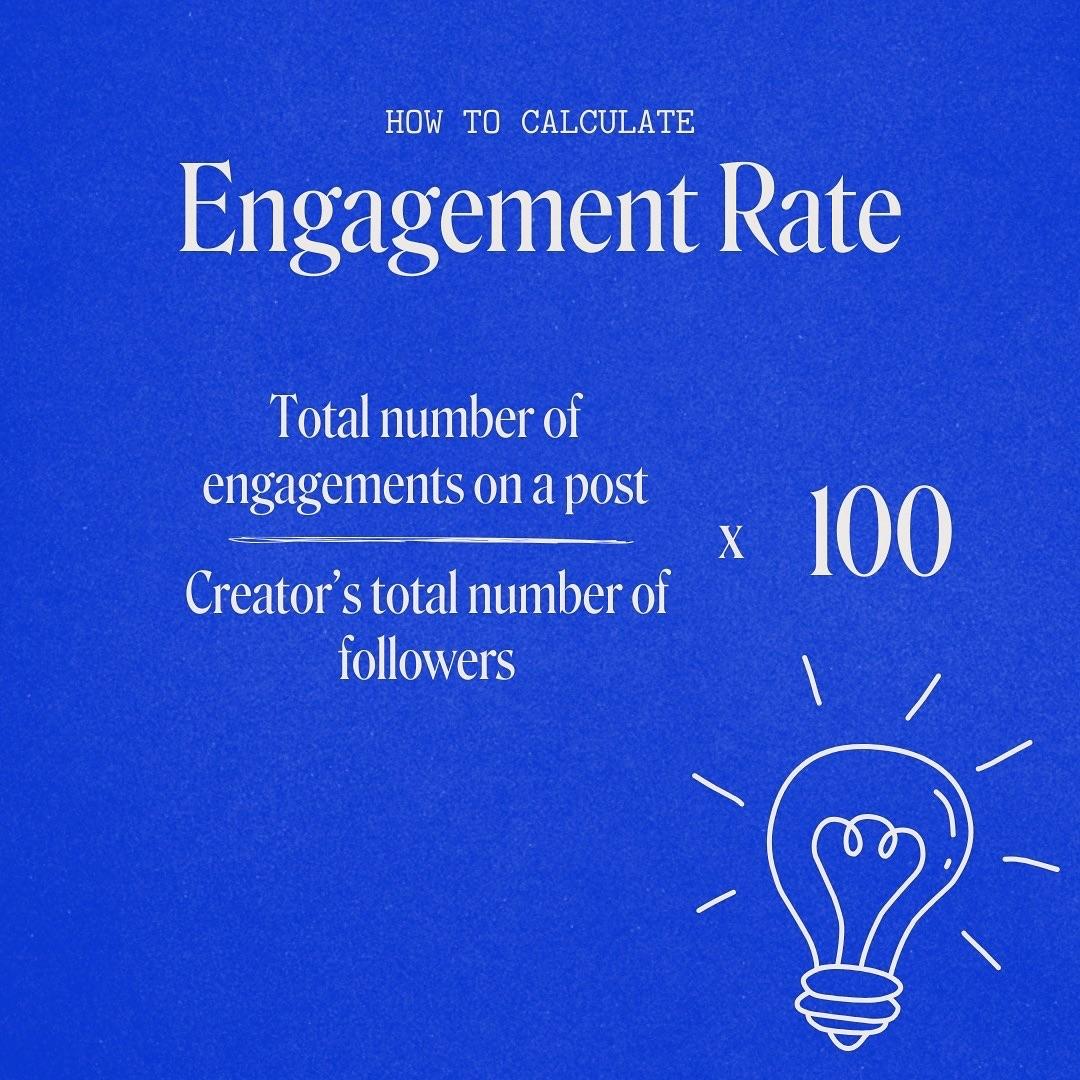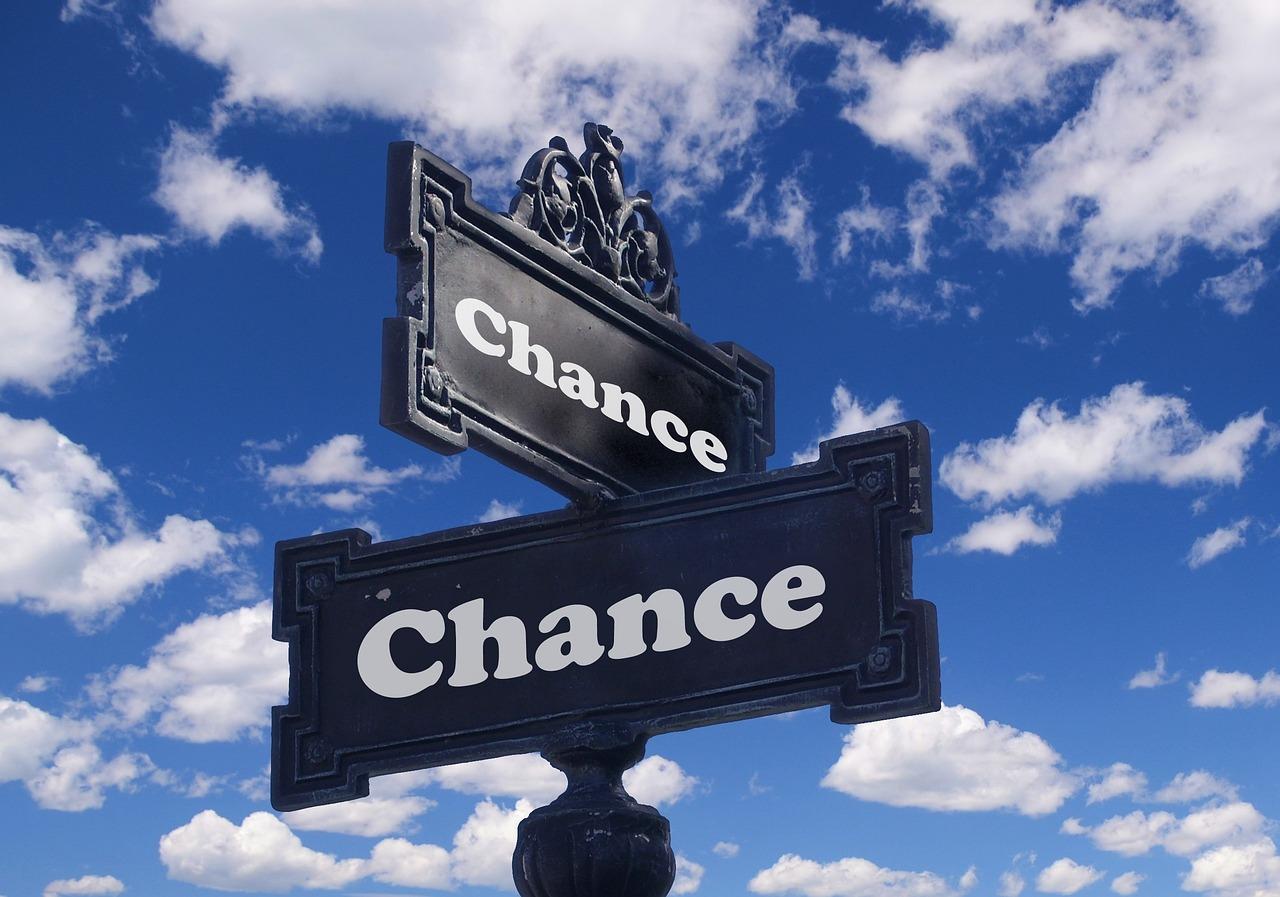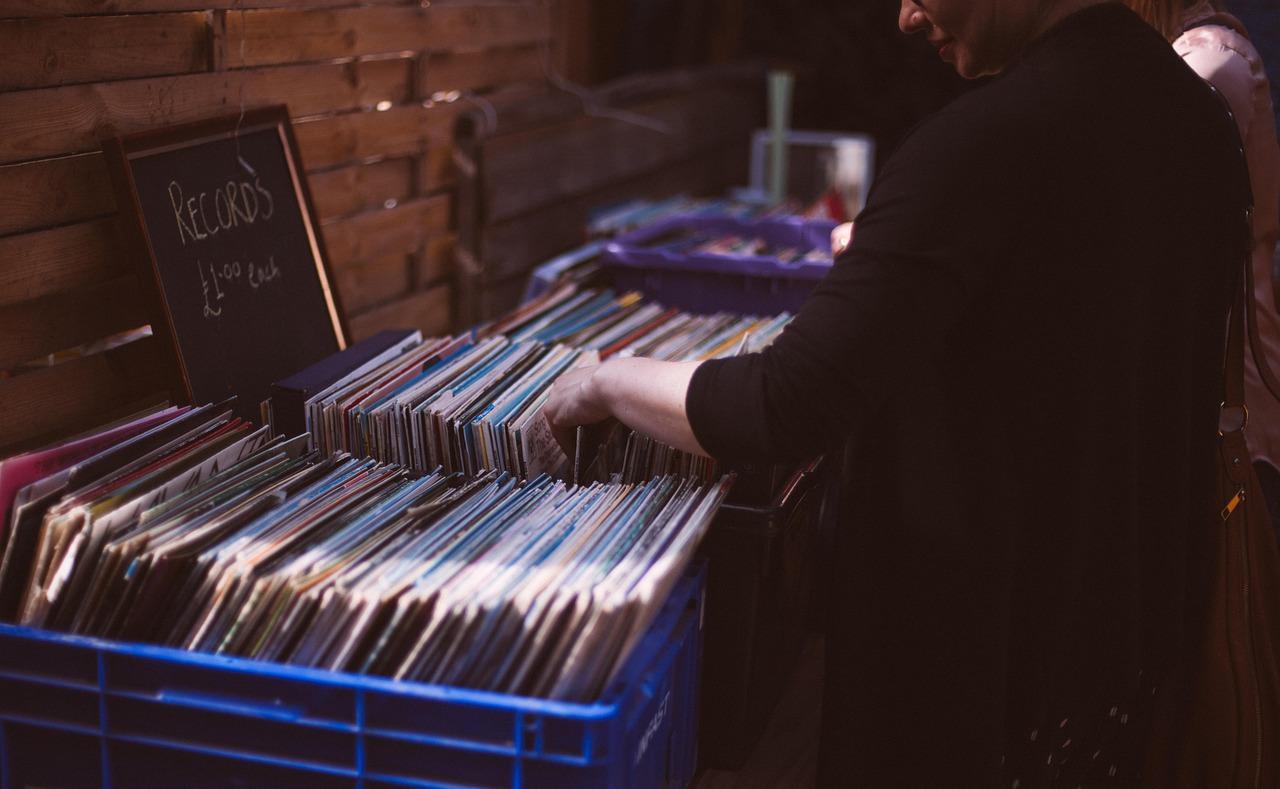
Introduction:
Hey there, fellow music lover! So, you’ve poured your heart and soul into creating incredible music, and now you’re ready to share it with the world. But here’s the thing: talented artists like you deserve to not only be heard but also to make some serious cash from your passion. In this digital age, selling music online isn’t just a possibility—it’s a thriving opportunity!
Whether you’re an indie artist looking to break into the scene or an established musician wanting to maximize your revenue, you might be wondering, “How on earth do I turn my tunes into profit?” Well, you’re in luck! In this article, we’re diving into 25 proven ways to sell your music online and actually see those dollars roll in. From mastering the art of streaming to tapping into social media marketing and everything in between, we’ll equip you with the tools, tips, and tricks you need to transform your music career. So, grab your headphones, and let’s unlock the secrets to making real money from your music!
How to Understand Your Target Audience and Cater to Their Needs
Understanding your target audience is crucial when it comes to selling music online. To effectively connect with your listeners, you need to grasp their preferences, behaviors, and motivations. Start by gathering data through social media insights, website analytics, and surveys. This information can guide your marketing strategies and content creation, ensuring that you resonate with your audience.
Once you have identified your audience, create detailed buyer personas. These personas represent different segments of your audience and include demographics, interests, and listening habits. Use the following elements to flesh out these personas:
- Age and Gender: Know who your music appeals to.
- Location: Understand regional preferences and trends.
- Music Genre Preferences: Identify which genres they love.
- Platforms Used: Discover where they consume music (streaming services, social media, etc.).
Engage with your audience directly. Utilize social media platforms not just for promotion but for conversations. Ask questions, seek feedback, and respond to comments. This engagement builds a community around your music, making your audience feel valued and heard.
Another effective method is to create customized content that speaks directly to your audience’s interests. This can include:
- Behind-the-Scenes Videos: Show your creative process.
- Exclusive Tracks: Offer limited-time releases for your loyal fans.
- Interactive Live Streams: Host Q&A sessions to connect in real-time.
Utilize tools like Google Analytics to track the performance of your music sales and promotional strategies. By analyzing which songs perform best and where your traffic comes from, you can tailor your campaigns and focus on what works. For example:
| Source | Traffic Percentage | Conversion Rate |
|---|---|---|
| Social Media | 40% | 5% |
| Email Campaigns | 30% | 10% |
| Search Engines | 20% | 15% |
| Blogs/Podcasts | 10% | 3% |
don’t forget to keep evolving. Music trends change rapidly, and your audience’s tastes may shift over time. Regularly update your personas, seek new feedback, and experiment with different styles and marketing approaches. By staying adaptable and responsive, you’ll ensure your music remains relevant and your audience remains engaged.
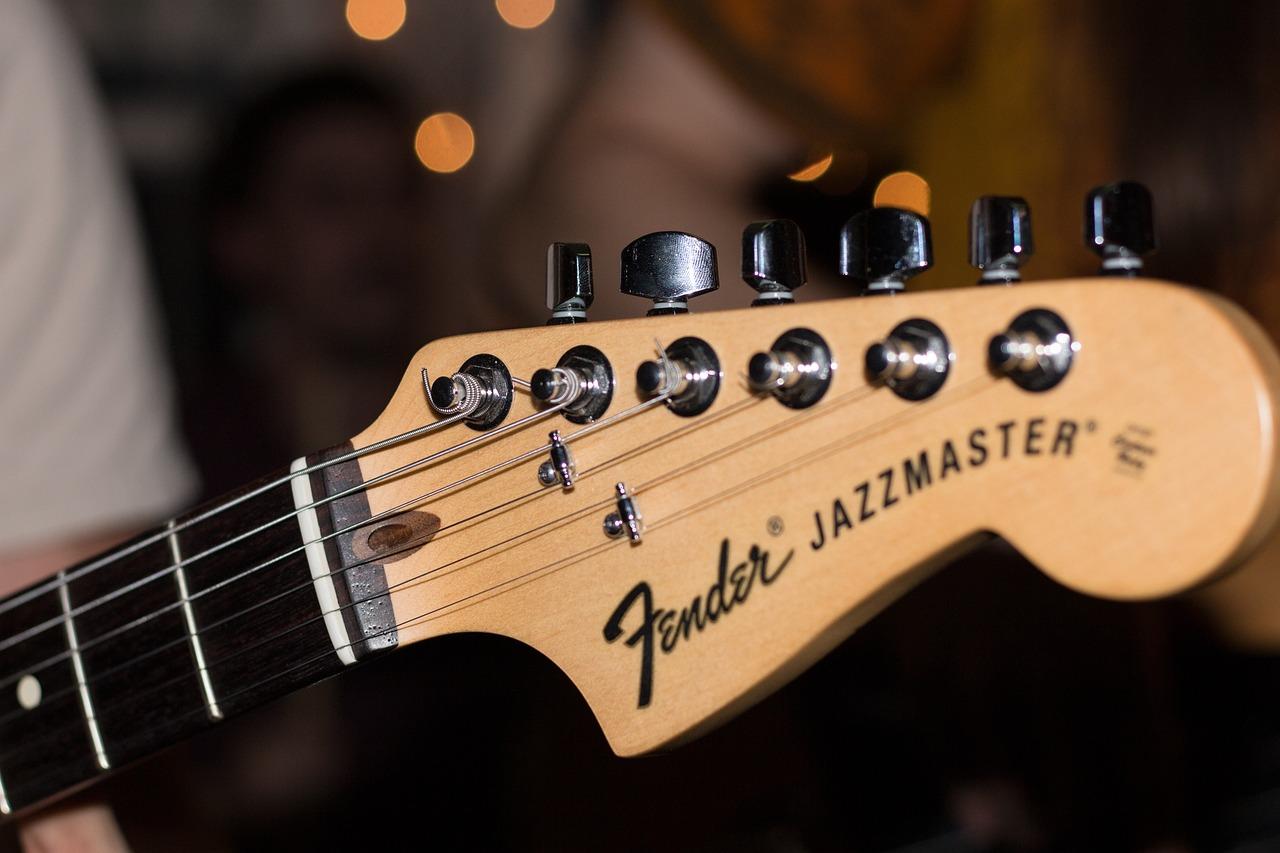
The Power of Building an Engaging Artist Brand
In today’s digital landscape, having a strong and engaging artist brand can be the difference between being just another sound in the crowd and building a loyal fanbase that supports your music. Your brand is not just your logo or album cover; it’s the entire experience you create for your audience. Here are some key elements to consider when building your brand:
- Authenticity: Be true to yourself and your music. Fans can sense when an artist is not genuine, and they are more likely to connect with you if they feel you’re being real.
- Storytelling: Share your journey and experiences through your music and social channels. People love stories, and they’ll be more inclined to support an artist who lets them in on their world.
- Visual Identity: Develop a cohesive visual style across all platforms. This includes your website, social media profiles, and album artwork. Consistency helps reinforce your brand.
- Engagement: Interact with your fans regularly. Respond to comments, host Q&A sessions, and involve them in the creative process. Building relationships is crucial for a thriving artist brand.
To effectively communicate your brand, it’s essential to identify your target audience. Who are the people that resonate with your music? Understanding your audience demographics can help tailor your marketing strategies. Use tools like social media insights to gather data on your followers, such as:
| Demographic | Platform | Insights |
|---|---|---|
| Age Group | 18-24 years old | |
| Gender | 60% Female | |
| Location | Primarily Urban Areas |
With a clear understanding of your audience, you can create targeted campaigns that resonate with them. Don’t hesitate to exploit the power of social media for brand building. Platforms like Instagram, TikTok, and YouTube are crucial for artists. They allow you to showcase your personality and music creatively. For instance:
- Behind-the-Scenes Content: Share snippets of your recording sessions or the songwriting process to showcase the work that goes into your music.
- Collaborations: Partner with other artists or influencers to expand your reach and introduce your music to new audiences.
- Live Performances: Use live streaming features to perform for your fans in real-time, creating an intimate connection.
remember that branding is an ongoing process. Keep evolving and adapting as your music and audience grow. Stay attuned to industry trends and fan feedback to ensure that your brand remains relevant and engaging. By investing in your artist brand, you’re not just selling music; you’re creating a movement that people want to be a part of, leading to sustainable success in your music career.
Creating High-Quality Music That Resonates with Listeners
Creating music that truly resonates with listeners goes beyond just hitting the right notes. It’s about crafting a sound that connects emotionally, tells a story, and evokes feelings. To achieve this, consider the following approaches:
- Understand Your Audience: Know who you’re making music for. Conduct surveys, engage on social media, and listen to feedback to tailor your sound to your target demographic.
- Tell a Story: Every great song has a narrative. Whether it’s about love, heartbreak, or triumph, ensure your lyrics convey a compelling story that listeners can relate to.
- Experiment with Genres: Don’t be afraid to blend genres. Combining elements from different musical styles can create a unique sound that stands out in the crowded music market.
- Focus on Production Quality: Invest in good production. High-quality recordings make a significant difference in how your music is perceived. This includes everything from mixing to mastering.
Another key element in creating high-quality music is to continuously refine your songwriting skills. Regular practice and learning from other artists can significantly enhance your own work. Here are some tips:
- Write Daily: Set a goal to write every day, even if it’s just for 15 minutes. This habit helps you develop your voice and style.
- Collaborate with Others: Working with different musicians can provide fresh perspectives and inspire creativity. Collaboration often leads to unexpected and exciting results.
- Study Successful Songs: Analyze hits in your genre to understand what makes them successful. Look at their structure, lyrics, and melodies for inspiration.
Lastly, never underestimate the power of marketing your music effectively. High-quality music deserves to be heard, so take the time to promote it properly:
| Promotion Strategy | Description |
|---|---|
| Social Media Campaigns | Engage with fans on platforms like Instagram, TikTok, and Twitter to build a loyal following. |
| Music Videos | Create visually appealing videos to enhance your songs and reach a broader audience. |
| Streaming Platforms | Distribute your music on platforms like Spotify, Apple Music, and Amazon Music to maximize exposure. |
By focusing on these elements, you can create music that not only showcases your talent but also resonates deeply with your listeners, leading to greater success and sales in the competitive online music marketplace.
Choosing the Right Music Distribution Platforms for Success
In today’s digital age, selecting the right music distribution platforms can make all the difference in your success as an independent artist. With numerous options available, it’s vital to choose a service that aligns with your goals and needs. Not all platforms are created equal, and understanding their unique strengths can help you maximize your reach and revenue.
When evaluating music distribution services, consider the following factors:
- Royalty Rates: Look for platforms that offer competitive royalty rates. Some services take a larger percentage of your earnings than others, so do your research to keep more of what you earn.
- Distribution Reach: Ensure the platform distributes to all major streaming services and stores. The wider your music can be accessed, the more chances you have to reach new audiences.
- User-Friendly Interface: A simple, intuitive platform can save you time and frustration. Look for services that are easy to navigate, allowing you to upload and manage your music effortlessly.
- Additional Services: Some platforms offer marketing tools, analytics, and support. Consider platforms that provide these added benefits to assist you in promoting your music effectively.
- Customer Support: Reliable customer support is essential. Choose a platform that offers responsive assistance when you encounter issues or need guidance.
Here’s a quick comparison of popular music distribution platforms to help you make an informed decision:
| Platform | Royalty Rate | Distribution Reach | Additional Services |
|---|---|---|---|
| DistroKid | 100% | Major & Indie Platforms | Analytics, Automatic Release |
| TuneCore | 100% (after fees) | Major Platforms | Sync Licensing, Publishing |
| CD Baby | 70% – 90% | Major Platforms | Physical Distribution, Sync Licensing |
| Amuse | 100% (for Pro users) | Major Platforms | Analytics, Marketing Tools |
As you explore various platforms, remember the importance of keeping your audience in mind. Your music might thrive on platforms that cater to niche genres, while others may offer broader access. Tailor your choice to fit not only your music style but also your target audience.
Lastly, don’t hesitate to leverage multiple distribution platforms. This strategy can increase your chances of reaching different audiences and maximizing your earnings. Just ensure you manage your releases effectively to avoid overlap and confusion.
By carefully selecting the right music distribution platform, you place yourself on the path to greater exposure and financial success. Take the time to research your options, compare features, and choose wisely to set your music career up for long-term growth.
Leveraging Social Media to Amplify Your Music Sales
Social media is a powerhouse for artists looking to boost their music sales. By harnessing the right platforms, you can create a vibrant community around your music, engage with fans, and ultimately drive sales. Here are some strategies to elevate your music sales through social media.
Utilize Visual Storytelling
People are naturally drawn to visuals. Use platforms like Instagram and TikTok to share engaging content that tells the story behind your music. Consider posting:
- Behind-the-scenes clips of your recording sessions
- Live performances and rehearsals
- Personal anecdotes related to your songs
This approach not only humanizes your brand but also allows fans to connect with your music on a deeper level.
Engage with Your Audience
Social media is not just a broadcasting tool; it’s a two-way street. Make sure to actively engage with your followers. Respond to comments, ask questions, and create polls to involve your audience in your creative process. This interaction fosters loyalty and encourages fans to support you by purchasing your music.
Leverage User-Generated Content
Encourage your fans to create content related to your music. This could be covers, dance challenges, or even artwork inspired by your songs. Share their creations on your profile, giving them a moment in the spotlight. Not only does this build community, but it also serves as authentic endorsements of your music.
Run Targeted Ads
Consider using paid advertising on platforms like Facebook and Instagram to promote your music. These ads can be finely targeted to reach potential fans based on their interests, demographics, and behaviors. A small investment can lead to significant returns if your ads are well-crafted and compelling.
Collaborate with Influencers
Partnering with social media influencers can expand your reach exponentially. Identify influencers who align with your music style and audience. A well-placed shoutout or collaboration can expose your music to new listeners who are likely to convert into loyal fans.
Build a Content Calendar
Consistency is key in social media marketing. Develop a content calendar that outlines what and when you’ll post. This will help maintain engagement and ensure your audience always has something to look forward to. Your calendar should include:
- Release announcements
- Exclusive sneak peeks
- Special promotions or sales
Analyze and Adapt
keep track of your social media performance. Use analytics tools to measure engagement rates, click-throughs, and conversions. Identify what types of content work best and adjust your strategy accordingly. Continual refinement will help you optimize your efforts and maximize your music sales.
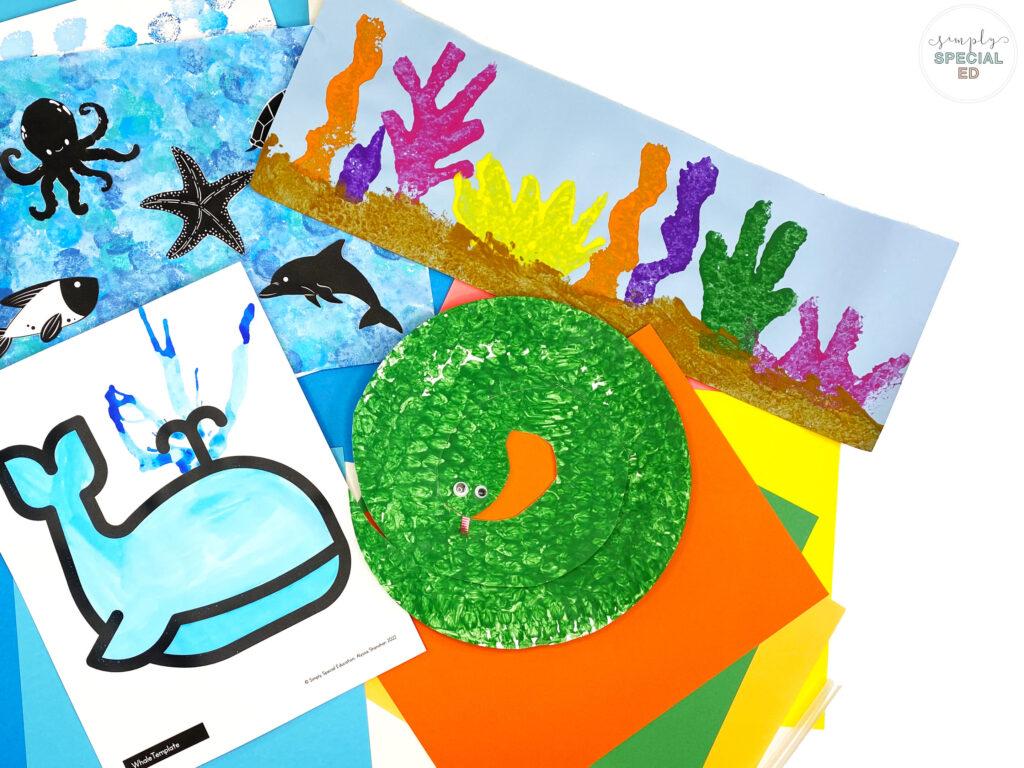
Crafting Captivating Visuals and Cover Art That Sell
In the bustling world of online music sales, eye-catching visuals and compelling cover art play a pivotal role in capturing potential listeners’ attention. The moment a user stumbles upon your album or single, the first impression is often derived from the artwork. Therefore, investing time and creativity in crafting visuals that resonate with your music is crucial. Below are key elements to consider for creating cover art that not only attracts eyes but also drives sales.
- Know Your Audience: Understanding who your listeners are can guide your artistic choices. Are they drawn to minimalist designs or vibrant, complex visuals? Tailor your cover art to speak directly to them.
- Emphasize Your Brand: Ensure your visuals align with your brand identity. Consistency in art style helps build recognition across various platforms and formats, making it easier for fans to connect with your work.
- Utilize Color Psychology: Colors evoke emotions. Choose a color palette that reflects the vibe of your music. For instance, dark tones might suit a heavy metal album, while bright colors may fit a pop track.
When designing your cover art, remember that simplicity can often be more powerful than complexity. A clean, straightforward design can make a striking impact, especially when viewed at a smaller size on streaming platforms. The title of your track or album should be legible and prominently displayed, ensuring that it stands out in a crowded visual landscape.
Consider the format of your artwork as well. Different platforms may require specific dimensions, so it’s essential to create adaptable designs. Here’s a quick reference table to keep your artwork formats in check:
| Platform | Recommended Size |
|---|---|
| Spotify | 3000 x 3000 pixels |
| Apple Music | 3000 x 3000 pixels |
| Bandcamp | 1400 x 1400 pixels |
| SoundCloud | 800 x 800 pixels |
Incorporating striking visuals into your promotional materials—be it on social media, merchandise, or music videos—can also create a cohesive brand experience. Experiment with different formats, such as animated graphics or dynamic videos, to attract a wider audience. Engaging content is more likely to be shared, increasing your reach organically.
don’t forget to seek feedback from peers and fans. Sometimes, an external perspective can provide insights you may overlook. A/B testing different designs can also reveal which visuals resonate most with your audience, enabling you to refine your approach over time.
Ultimately, captivating visuals and cover art are essential tools in your marketing arsenal. They can make the difference between a casual scroll past your music and a purchase. Remember, each visual should not only represent your music but also tell a story that connects with your listeners. Harness the power of design to elevate your music and drive your sales!

Setting the Right Price for Your Music and Merchandise
Pricing your music and merchandise effectively is crucial for maximizing your sales while ensuring your fans feel valued. Here are some essential strategies to help you set the right price:
- Understand Your Audience: Knowing who your fans are and what they’re willing to pay can make a huge difference. Conduct surveys or engage with them on social media to gather insights about their preferences.
- Research Competitors: Look at what similar artists are charging for their music and merchandise. This can provide a benchmark for your pricing strategy, helping you stay competitive without undervaluing your work.
- Consider Your Costs: Calculate the production costs of your music and merchandise, including recording, production, packaging, and shipping. Ensure that your prices cover these costs while leaving room for profit.
- Offer Tiered Pricing: Create different pricing levels for your products. For example, offer digital downloads at a lower price while selling physical albums or special editions at a premium. This approach can cater to various fan budgets.
Additionally, consider implementing promotional pricing strategies:
- Limited-Time Discounts: Running a sale for a short period can create urgency and encourage fans to purchase before the offer ends.
- Bundling Products: Consider bundling your music with merchandise, such as t-shirts or posters, at a discounted rate. This not only increases the perceived value but also encourages fans to buy more.
- Exclusive Content: Offer exclusive tracks, remixes, or merchandise items for a higher price. Fans often value unique content that can’t be found anywhere else.
When it comes to physical merchandise, presenting your products effectively is essential:
| Merchandise Type | Suggested Price Range | Considerations |
|---|---|---|
| Digital Albums | $5 - $15 | Consider album length and exclusivity. |
| Vinyl Records | $20 – $40 | High production quality adds value. |
| T-Shirts | $15 – $30 | Quality and design impact price. |
| Posters | $10 – $25 | Limited editions can be priced higher. |
don’t forget to revisit and adjust your prices regularly. As you gain more fans and your music evolves, your pricing strategy should adapt to reflect your growing brand. Regularly assess your sales data and fan feedback to find the sweet spot for your pricing.

Utilizing Email Marketing to Connect with Fans and Drive Sales
Email marketing is one of the most effective tools for artists looking to engage their fans and boost sales. By building a targeted email list, musicians can establish a direct line of communication with their audience, creating personal relationships that lead to increased loyalty and, ultimately, sales.
To get started, consider these essential strategies:
- Build Your List: Start collecting emails through your website, social media, and live events. Offer free downloads, exclusive content, or early access to tickets in exchange for email addresses.
- Segment Your Audience: Not all fans are the same. Divide your email list into segments based on factors like location, engagement level, and music preferences. This allows you to tailor your messages for maximum impact.
- Create Compelling Content: Your emails should be more than just sales pitches. Share behind-the-scenes stories, insights into your creative process, or sneak peeks of upcoming projects to keep your audience engaged.
- Use Eye-Catching Designs: A visually appealing design can significantly enhance the effectiveness of your emails. Utilize tools like Mailchimp or Constant Contact that offer templates optimized for music marketing.
- Include Clear Calls-to-Action: Every email should have a clear purpose. Whether it’s driving traffic to your latest album or promoting an upcoming concert, make sure your call-to-action stands out and is easy to follow.
To drive sales effectively, consider implementing these tactics:
| Action | Benefit |
|---|---|
| Offer Exclusive Discounts | Encourages immediate purchases and rewards loyal fans. |
| Share Upcoming Releases | Generates excitement and anticipation, increasing pre-order sales. |
| Promote Merchandise Bundles | Increases average transaction value while providing fans with more value. |
| Send Personalized Recommendations | Enhances the shopping experience, making fans feel special. |
Don’t forget the power of timing. Analyze your email open rates to determine when your fans are most responsive and schedule your campaigns accordingly. Additionally, consider utilizing automated emails to welcome new subscribers or remind fans about upcoming events.
always keep an ear to the ground. Monitor your email performance metrics, such as open rates and click-through rates. This data will help you refine your strategy and ensure that you’re delivering the content your fans actually want to see.
By harnessing the potential of email marketing, you can create meaningful connections with your audience that translate into real sales, all while keeping your fans engaged and excited about your music journey.
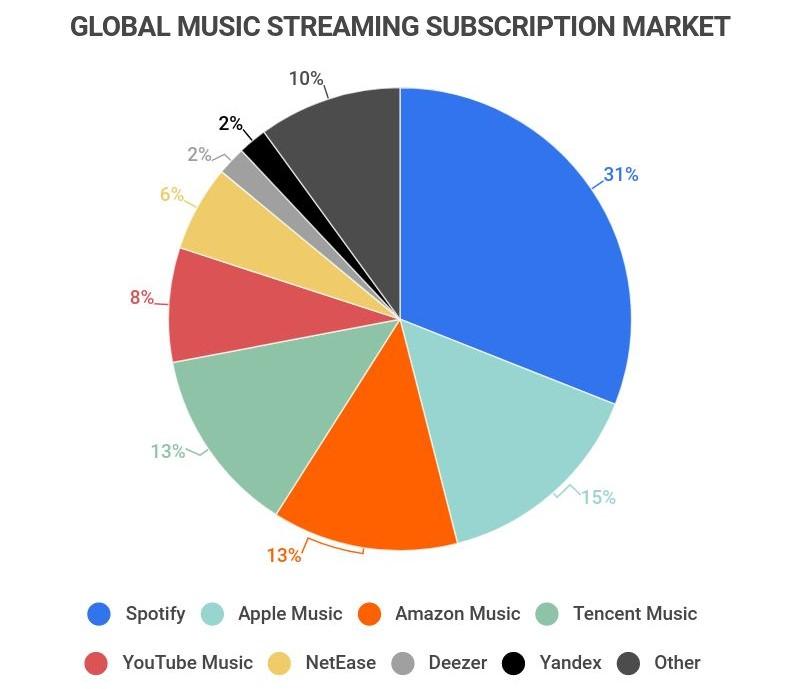
Exploring Multiple Revenue Streams Beyond Streaming
In the ever-evolving music industry, relying solely on streaming platforms can limit your potential earnings. Artists today are discovering that diversifying their income sources is not just beneficial, but essential. Here are some exciting ways to explore new revenue streams:
- Merchandising: Create and sell merchandise like T-shirts, posters, and vinyl records. Fans love to support their favorite artists through tangible products.
- Live Performances: Tour and perform at local venues, festivals, or even virtual concerts. Live music not only generates ticket sales but also creates a deeper connection with your audience.
- Music Licensing: License your music for use in films, TV shows, or commercials. This can lead to substantial payouts and wider exposure.
- Crowdfunding: Platforms like Patreon or Kickstarter allow fans to support your music directly, often in exchange for exclusive content or experiences.
- Music Lessons: If you have teaching skills, offer online or in-person music lessons. This can be a lucrative way to share your knowledge.
By expanding your revenue streams, you’re not just boosting your income but also enriching your brand. Consider creating a strong online presence across various platforms. Use social media to engage with fans, and provide sneak peeks of new music or behind-the-scenes content. This will help foster a community around your work, leading to more sales and opportunities.
Additionally, consider collaborating with other artists. Joint ventures can introduce you to new audiences and increase your visibility. You could also explore opportunities for sponsorships or partnerships with brands that align with your music style and image. Such collaborations can open doors to new revenue and promotional avenues.
To illustrate the potential of diversifying revenue streams, here’s a simple table showcasing average earnings from various sources:
| Revenue Source | Average Earnings |
|---|---|
| Streaming Royalties | $0.003 – $0.005 per stream |
| Merchandise Sales | $10 – $30 per item |
| Live Performance Fees | $500 - $5,000 per show |
| Licensing Deals | $1,000 – $30,000 per track |
| Crowdfunding Support | $5 – $100+ per patron |
In this competitive landscape, the key is to stay adaptable and think outside the box. The more ways you can generate income from your music, the more artistic freedom you’ll have. Embrace the digital age and use technology to your advantage. Create a website, utilize email marketing, and share your story through blogs or vlogs to connect with your audience on a personal level.
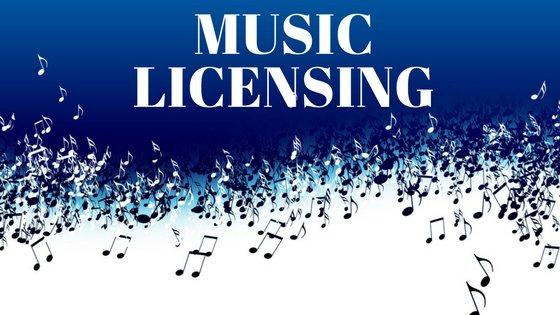
Harnessing the Power of Music Licensing and Sync Opportunities
When it comes to monetizing your music, exploring licensing and sync opportunities can be a game-changer. These avenues not only provide a steady income stream but also introduce your work to a wider audience. By placing your music in films, commercials, video games, and TV shows, you’re not just selling a track; you’re amplifying your brand.
Understanding Music Licensing is essential. It involves granting permission for your music to be used in various media. This can range from a simple background score in a YouTube video to a full-blown feature in a blockbuster film. The key is to navigate the landscape effectively:
- Identify Your Genre: Different genres resonate differently in various media. Ensure your music fits the mood and tone the production seeks.
- Register with a PRO: Joining a Performance Rights Organization (PRO) like ASCAP or BMI can help you collect royalties when your music is played in public.
- Consider Music Libraries: Platforms like AudioJungle and Epidemic Sound can help you get your music in front of potential buyers looking for licensed tracks.
Sync opportunities present a unique chance to showcase your music in contexts where it can create an emotional connection. Whether it’s a poignant moment in a drama or a high-energy scene in an action movie, your music can play a vital role. Here’s how to make your music more appealing for these sync placements:
- Keep It Commercially Viable: Music that’s easy to license and appeals to advertisers will have a higher chance of being picked up.
- Build Relationships: Networking with music supervisors and producers can lead to direct sync opportunities. Attend industry events and participate in workshops.
- Stay Flexible: Be open to revisions and adapting your music to fit specific project requirements. This flexibility can make you a sought-after artist.
Here’s a quick look at some popular sync opportunities available:
| Opportunity Type | Potential Earnings |
|---|---|
| TV Shows | $2,000 – $10,000 per episode |
| Commercials | $5,000 – $50,000+ |
| Film Scores | $10,000 – $100,000+ |
| Video Games | $1,000 – $50,000 |
don’t underestimate the power of digital marketing in promoting your licensed music. Use social media platforms to showcase your sync placements, engage with your audience through stories about how your music was chosen, and encourage fans to share your work. The more visibility you generate, the more opportunities you’ll attract.
By strategically positioning your music for licensing and sync opportunities, you’re not just selling a product; you’re building a legacy. So roll up your sleeves, get your tracks ready, and start reaching out to the right people. The world of music licensing is waiting for your unique sound!

Building a Strong Fan Community Through Exclusive Content
In today’s digital age, building a devoted fan community is essential for any artist looking to thrive in the music industry. One of the most effective ways to cultivate this community is by offering exclusive content that resonates with your fans. This not only enhances your relationship with them but also creates a sense of belonging and loyalty that can translate into increased sales.
Exclusive content can take many forms, and the key is to make your fans feel special. Here are a few ideas to get you started:
- Behind-the-Scenes Access: Share exclusive videos or photos from your recording sessions, rehearsals, or tours. This gives fans an intimate glimpse into your creative process.
- Early Releases: Offer your most loyal fans the chance to listen to new tracks before they are officially released. This can create a buzz and excitement surrounding your music.
- Exclusive Merchandise: Design unique merchandise only available to your community members, such as limited-edition t-shirts or signed albums.
- Private Concerts: Host virtual or intimate live performances for your fan community, making them feel like they are part of something unique.
Utilizing platforms like Patreon or a dedicated membership site can help you manage and distribute this exclusive content efficiently. By setting up tiered membership levels, you can offer various incentives that suit different budget ranges, from basic access to premium perks.
To maximize engagement, consider creating a schedule for your exclusive content releases, ensuring that fans know when to expect new material. A simple calendar can keep fans excited and looking forward to what’s next. Below is a sample schedule you might consider:
| Week | Exclusive Content Type | Release Day |
|---|---|---|
| 1 | Behind-the-Scenes Video | Monday |
| 2 | Early Track Release | Friday |
| 3 | Exclusive Merchandise Drop | Wednesday |
| 4 | Private Live Stream Concert | Saturday |
When your fans feel valued and acknowledged, they’re more likely to support your work. Encourage interaction by asking for feedback on your exclusive content or even letting fans vote on what they’d like to see next. This engagement not only strengthens your connection but also makes them feel like they’re active participants in your journey.
don’t forget to promote your exclusive content through your social media channels and email newsletters. Highlight the benefits of joining your community, and make it easy for new fans to sign up and start enjoying these special perks. By transforming your audience into a fervent community, you’ll not only boost your revenue but also build lasting relationships that can sustain your career for years to come.
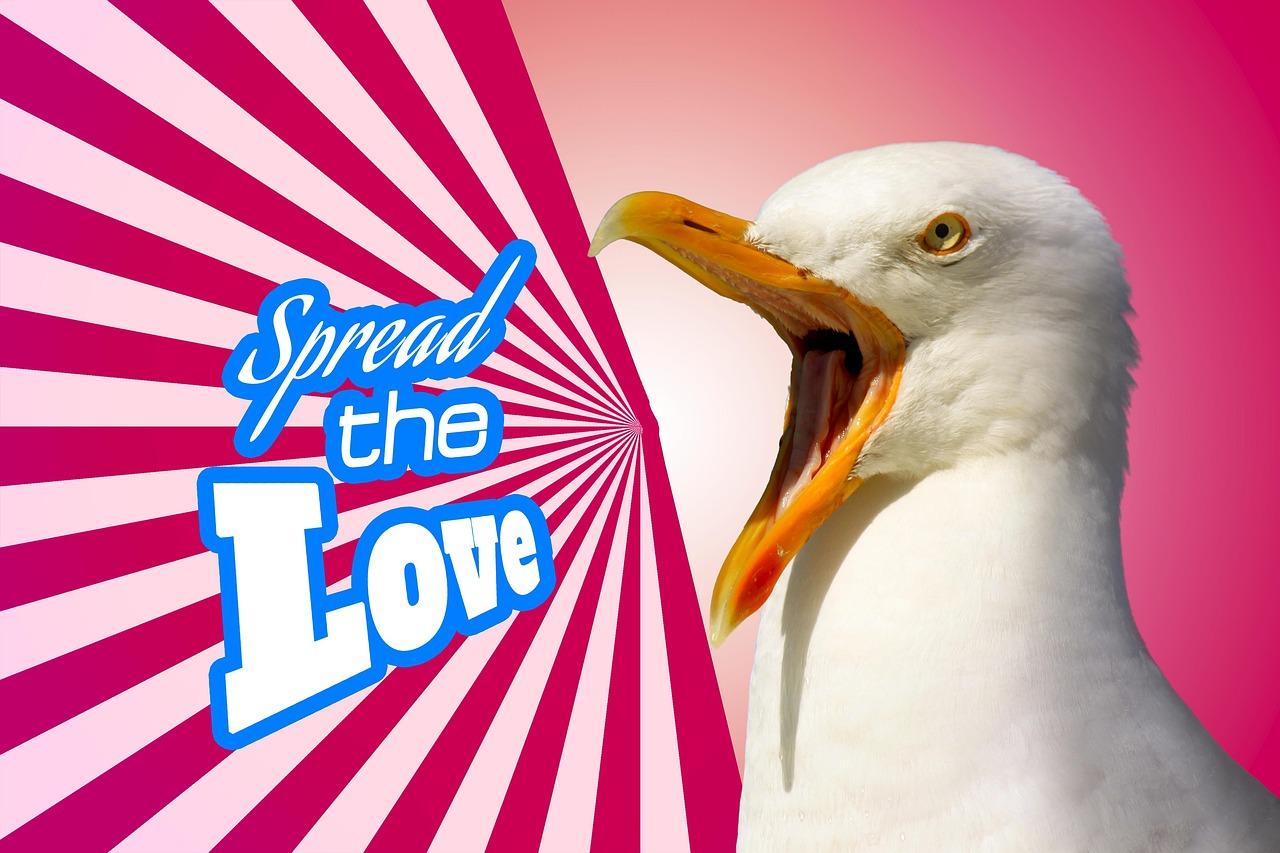
Collaborating with Other Artists to Expand Your Reach
Collaborating with fellow artists can be a game-changer for your music career. By joining forces, you not only tap into each other’s fan bases but also create unique sounds that can set you apart from the competition. Think of it as a musical merger where both parties bring their strengths to the table, resulting in a product that’s greater than the sum of its parts.
One of the most effective ways to collaborate is by featuring on each other’s tracks. This can introduce your music to new audiences who might not have discovered you otherwise. When you feature an artist, make sure to:
- Choose wisely: Select artists whose sound complements yours.
- Promote together: Use social media to announce the collaboration.
- Engage both fan bases: Encourage fans to share and support the new release.
Another avenue for collaboration is through live performances. Co-headlining shows or joining forces for a mini-tour can amplify your reach significantly. Audiences love seeing dynamic pairings, and sharing the stage can lead to:
- Increased ticket sales: Fans of both artists are more likely to attend.
- Shared promotional efforts: Collaborate on marketing materials to lower costs.
- Networking opportunities: Meet new collaborators through shared audiences.
Don’t overlook the power of social media collaborations as well. Whether it’s creating a challenge on TikTok or hosting an Instagram Live, these platforms allow you to engage with audiences in real-time and in a fun way. Here are some ideas:
- Duets: Record a duet and challenge your followers to join in.
- Covers: Cover each other’s songs and share them across both platforms.
- Behind-the-scenes content: Share the process of creating together to engage your audience.
Additionally, consider creating a collaborative playlist with other artists. This can serve as a promotional tool for everyone involved. Here’s a simple table to illustrate how to structure your collaborative playlist strategy:
| Collaborative Playlist Ideas | Benefits |
|---|---|
| Genre-based playlists | Attract targeted listeners |
| Seasonal playlists | Engage audiences during holidays |
| Feature upcoming artists | Support the community and gain goodwill |
Lastly, remember that collaboration isn’t just about making music; it’s also about building relationships. Networking can lead to future collaborations, mentorship opportunities, and even partnerships on marketing strategies. Attend local gigs, join music forums, or participate in workshops to meet other artists. The more you engage with your musical community, the more opportunities you’ll find to collaborate and expand your reach.
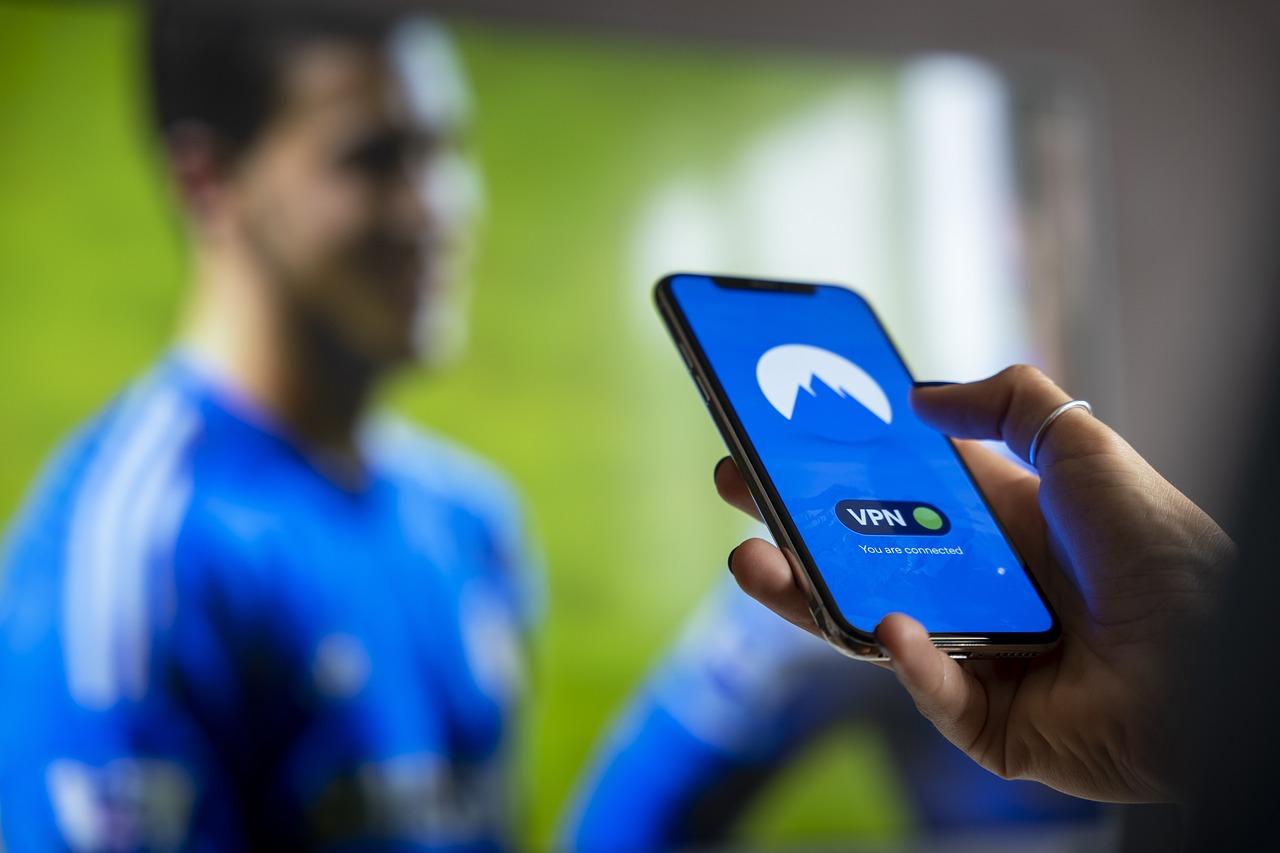
Using Live Streaming and Virtual Concerts to Boost Sales
Live streaming and virtual concerts have revolutionized the way musicians connect with their fans and monetize their art. In an age where physical gatherings can be limited, the online space offers a vibrant platform for artists to perform live, engage with their audience, and ultimately drive sales. Here’s how to leverage these digital tools effectively.
Engagement is Key: When planning a live stream, consider making it an interactive experience. Use chat features to communicate with viewers in real-time and address their comments or questions. This connection can make fans feel personally involved and more likely to support you through purchases. Here are a few ways to enhance engagement:
- Host Q&A sessions where fans can ask about your music.
- Conduct polls during the performance to let viewers choose the next song.
- Offer behind-the-scenes glimpses of your creative process or daily routine.
Create Exclusive Content: To boost sales, consider offering exclusive merchandise or music only available during the live stream. This could be limited-edition albums, special t-shirts, or even personalized messages for fans who purchase during the event. Here’s a simple table showcasing potential exclusive offers:
| Exclusive Offer | Description | Price |
|---|---|---|
| Signed Vinyl | Limited edition vinyl of the latest album. | $50 |
| VIP Fan Package | Includes a live stream access link and a personalized thank-you video. | $75 |
| Merch Bundle | A combination of t-shirts, stickers, and a digital album. | $40 |
Utilize Multiple Platforms: Don’t limit yourself to just one platform. Use a mix of social media channels like Instagram, Facebook, and YouTube to promote your live streams. Each platform has its own audience, and by spreading your reach, you can attract a wider fanbase. Consider the following:
- Announce your concert on all platforms with countdowns to build anticipation.
- Share snippets or teasers of your performance to entice viewers.
- Encourage fans to share the stream link with their own networks for broader visibility.
Monetization Options: During your live performances, leverage various monetization strategies. Enable donation features on platforms like Twitch or YouTube, and encourage fans to tip you. Additionally, consider integrating your merch store into your live stream for easy access to purchases. Here’s a breakdown of effective monetization options:
- Ticket sales for exclusive access to high-quality streams.
- Merchandise sales directly linked to the performance.
- Partnerships and sponsorships with brands that resonate with your audience.
Follow-Up: After your live stream, keep the momentum going. Send follow-up emails thanking attendees and providing links to purchase recordings of the performance or any merchandise that was sold. A personalized thank you can go a long way in fostering loyalty among your fans.
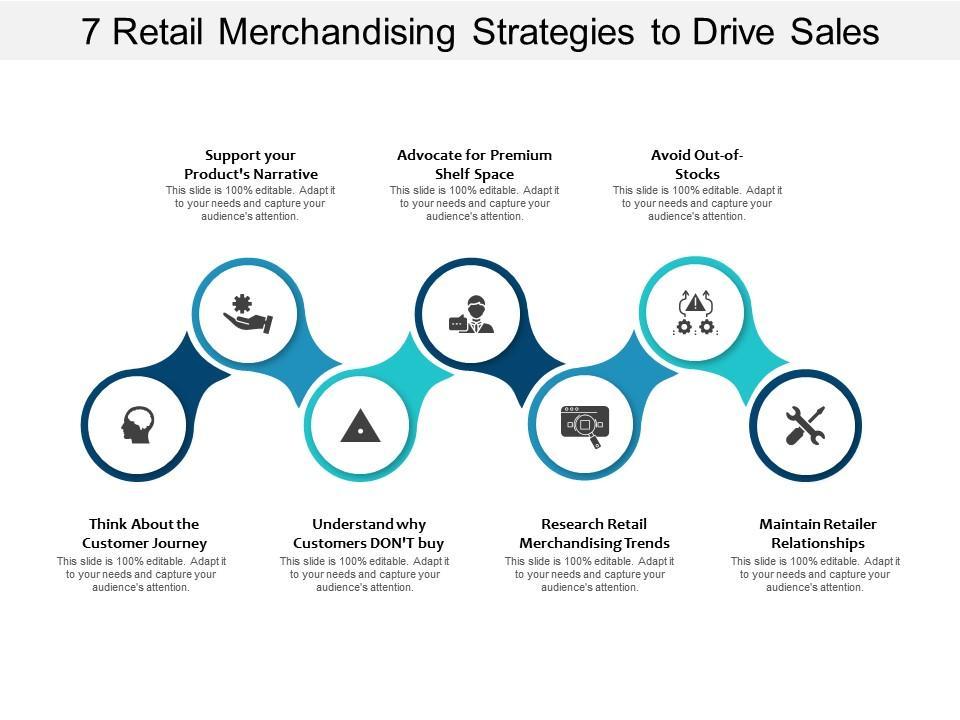
Maximizing Your Revenue with Smart Merchandise Strategies
If you’re looking to boost your income from music sales, diversifying your merchandise offerings can be a game-changer. By leveraging your music brand, you can create a unique shopping experience for your fans while driving significant revenue. Let’s explore some effective merchandise strategies that can maximize your profits.
First and foremost, consider custom merchandise that resonates with your audience. This can include:
- T-shirts and hoodies featuring album artwork or catchy phrases from your songs.
- Vinyl records or CDs with exclusive artwork or bonus tracks.
- Posters and prints that capture the essence of your music and vibe.
- Limited edition items that create a sense of urgency and exclusivity.
Next, think about bundling your products. Offering merchandise bundles can entice fans to spend more. A typical bundle might include:
| Bundle Item | Price |
|---|---|
| Album + T-shirt | $30 |
| Vinyl + Poster | $40 |
| CD + Stickers | $15 |
Another effective strategy is to tap into the power of storytelling. Share the inspiration behind your merchandise. When fans connect emotionally with your story, they are more likely to purchase. Utilize your social media platforms to narrate these stories and showcase behind-the-scenes content about your merchandise creation process.
Don’t forget about digital merchandise options. Selling downloadable content such as exclusive demos, live recordings, or unreleased tracks can be a lucrative way to monetize your music. Offer special access to your biggest fans, creating a community around your music that encourages loyalty and repeat purchases.
engage with your fans through pre-orders and crowdfunding campaigns for upcoming merchandise. This approach not only generates upfront revenue but also gauges interest in specific items before they’re produced. Platforms like Kickstarter or Indiegogo can be excellent for this strategy, allowing you to cultivate a fanbase invested in your success.

Continuously Analyzing and Adapting Your Sales Strategy for Growth
In today’s fast-paced digital world, the music industry is constantly evolving. To keep up with these changes and ensure your music sales strategy is effective, it’s crucial to engage in continuous analysis and adaptation. This involves not just tracking your sales but also understanding the factors that influence them. Here are a few key areas to focus on:
- Market Trends: Regularly research current market trends to identify emerging genres or popular artists. This insight can help you adjust your offerings to meet consumer demand.
- Audience Engagement: Monitor your audience engagement metrics on various platforms. Whether it’s social media interactions or streaming statistics, knowing what resonates with your fans can guide your marketing strategies.
- Sales Channels: Experiment with different sales channels. While your website may be a primary source of income, platforms like Bandcamp, Spotify, and SoundCloud can also provide unique opportunities to reach new listeners.
To facilitate your strategy adaptation, consider implementing a feedback loop. Collecting feedback from your audience can provide invaluable insights into their preferences and experiences. Use surveys, polls, or direct engagement through social media to gather this information. Here’s a simple method to visualize and analyze feedback:
| Feedback Source | Type of Feedback | Action to Take |
|---|---|---|
| Social Media | Comments and Likes | Adjust content strategy based on popular posts |
| Email Newsletter | Surveys | Refine product offerings based on responses |
| Streaming Platforms | Playlists & Shares | Promote tracks receiving high engagement |
Your sales data is another treasure trove of insights. Take the time to analyze which songs, albums, or merchandise are performing well and which aren’t. Tools like Google Analytics or specific music sales analytics platforms can help you understand your sales performance in depth. Key metrics to track include:
- Sales Volume: Compare sales across different platforms.
- Conversion Rates: Determine how many visitors to your site make purchases.
- Return on Investment (ROI): Evaluate the effectiveness of your marketing campaigns.
Don’t forget about the competition. Conduct competitive analysis to see what other artists are doing successfully. Are there promotional strategies or unique merchandise offerings that you could adapt for your own brand? Stay informed about your rivals, but make sure to inject your personal touch to stand out.
Lastly, be prepared to pivot. The music industry can change overnight due to factors such as shifts in consumer behavior or the introduction of new technologies. Stay agile in your approach, always ready to try new tactics or abandon those that aren’t yielding results. By fostering a culture of experimentation and learning, you’ll be better positioned for sustained growth in your music sales.
Frequently Asked Questions (FAQ)
Q&A: How to Sell Music Online & Make Real Money (25 Proven Ways)
Q: Why should I sell my music online?
A: Selling your music online opens up a world of possibilities! It allows you to reach a global audience without the limitations of traditional distribution. Plus, with the right strategies, you can turn your passion into a steady income stream. Imagine waking up to sales from fans all around the world—pretty exciting, right?
Q: What are some effective platforms for selling music?
A: There are plenty of platforms at your disposal! Bandcamp is fantastic for indie artists, while platforms like Spotify and Apple Music are great for streaming. Don’t forget about digital storefronts like Amazon Music and your own website! Each platform has its unique benefits, so consider where your target audience hangs out the most.
Q: How can I build a loyal fanbase that will buy my music?
A: Building a loyal fanbase takes time, but it’s totally doable! Start by engaging with your audience on social media. Share behind-the-scenes content, live performances, and sneak peeks of new music. Email newsletters are also a powerful tool—offer exclusive content to subscribers to keep them invested in your journey.
Q: What role does branding play in selling music online?
A: Branding is everything! It’s how you present yourself and your music to the world. A strong brand makes you memorable and helps you connect with your audience on a deeper level. Invest time in crafting a unique image, logo, and consistent messaging across all your platforms. When fans know who you are and what you stand for, they’re more likely to support you.
Q: Are there specific marketing strategies to boost my music sales?
A: Absolutely! Consider using social media ads targeted at your ideal fans, collaborating with other artists, and leveraging influencer partnerships to widen your reach. Running promotions or limited-time offers can also create urgency. And don’t underestimate the power of good old-fashioned word-of-mouth—encourage your fans to share your music!
Q: How can I price my music effectively?
A: Pricing can be tricky, but it’s all about balance. Research what similar artists are charging and consider your production costs. Many artists choose to offer pay-what-you-want options on platforms like Bandcamp, which can encourage more sales. Remember, you can always adjust pricing as you grow!
Q: What other revenue streams can I explore besides selling music?
A: There are so many! Merchandise sales, live performances, and crowdfunding through platforms like Patreon can all supplement your income. Think about offering exclusive content or experiences to your fans through these avenues. The more diverse your income sources, the more stable your financial situation will be.
Q: How do I know if my sales strategies are working?
A: Keep track of your metrics! Use analytics tools on your social media accounts and sales platforms to monitor your performance. Look at which songs are selling the best, where your listeners are coming from, and what marketing efforts are driving the most traffic. Adjust your strategies based on this data to continuously improve your sales approach.
Q: Is it really possible to make a living selling music online?
A: Definitely! Many artists are doing it. It might take time and effort, but with dedication and the right strategy, you can build a sustainable career. Focus on diversifying your income streams, constantly engaging with your audience, and honing your craft. With passion and persistence, you can turn your musical dreams into reality.
Ready to dive in? Start exploring these strategies today, and watch your music sales soar!
Wrapping Up
And there you have it! Whether you’re just starting your musical journey or looking to elevate your existing online presence, these 25 proven strategies can help you turn your passion into profit. Remember, selling music online isn’t just about uploading your tracks and hoping for the best; it’s about connecting with your audience, building your brand, and continuously evolving your approach.
So, take a moment to reflect on what resonates with you from this list. Choose a few strategies that excite you, and start implementing them today! The digital music landscape is ever-changing, and the opportunities are endless. With creativity, persistence, and a sprinkle of marketing savvy, you can carve out your niche and make real money from your music.
Don’t be afraid to experiment, learn from your experiences, and adjust your strategies along the way. Your unique sound deserves to be heard, and with the right approach, you can create a thriving online music business. Now, go out there and let your music shine! Happy selling!



